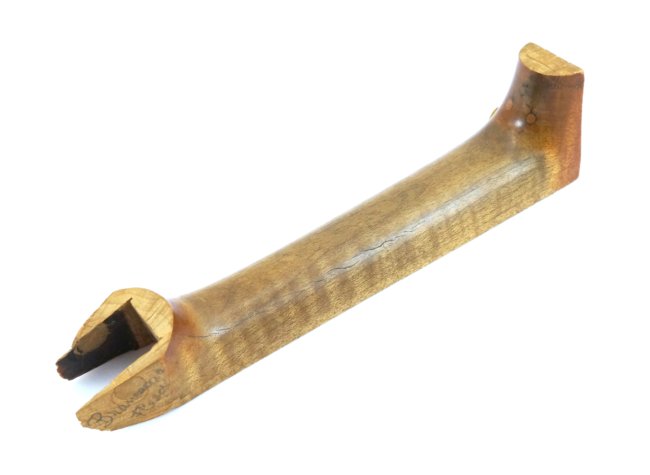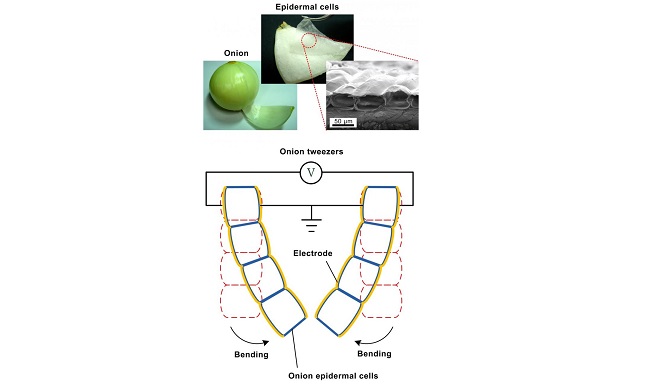
AsianScientist (Dec. 21, 2016) – The unrivaled tone of a Stradivarius violin could be due to the wood its made of, according to research published in the Proceedings of the National Academy of Science.
Despite the advances in our understanding of the physics of sound, modern violins have failed to replicate the unique tonal qualities of violins made more than 300 years ago by Antonio Stradivari. Prized for their brilliant, sweet tone, Stradivarius violins in good condition can fetch millions.
“Another intriguing property of the best Stradivari violins is their ability to project the sound with great clarity to the back rows of the concert hall,” said Assistant Professor Tai Hwan-Ching, a chemist at the National Taiwan University and classical music enthusiast.
“The physical basis for this ‘projection’ advantage remains quite elusive, and when I recently experienced this phenomenon in a recital given by Yossif Ivanov on the famous 1699 ‘Lady Tennant’ Stradivarius, the feeling of proximity almost seemed like some sort of auditory illusion.”
Various theories explaining the superiority of Stradivarius violins have been proposed, including the type of varnish used and the unique geometrical shapes employed. In the present study, Tai and his team have found evidence that at least part of the secret lies in chemical seasoning of the wood with preservatives.
Using solid-state 13C NMR spectroscopy, the researchers found that one-third of the hemicellulose in wood from Stradivarius violins had decomposed. Their results also showed that lignin in the maple wood had oxidized and that the wood had been treated with minerals containing aluminum, calcium, copper, sodium, potassium and zinc.
“The most intriguing difference was the mineral treatment because it was intentional and artificial,” Tai told Asian Scientist Magazine. “The possibility of using mineral-treated wood to build violins has been completely forgotten in the tradition of European violin making for 200 years.”
“The act of infusing mineral solutions into the wood helps remove sap residues and wood extractives, which may reduce mechanical damping. The minerals may provide biocidal effects for better preservation, absorb some moisture to enhance the dimensional stability of wood, and promote the chemical crosslinking of wood fibers,” he explained.
Tai said that the hemicellulose is expected to continue to degrade, an ominous indication that Stradivarius violins will not last forever. Famous violins such as the “Messiah” Stradivarius are rarely played and stored in climate controlled vaults. Alternatively, Tai added, research into functional replacements should be accelerated so that future generations can continue to enjoy the unparalleled tone of Stradivarius violins.
Tai, whose main research focus is on the chemistry of Alzheimer’s disease, managed to obtain wood shavings of Stradivarius violins from violin restorers, and an original Stradivarius neck which was donated to Chimei Museum, a private museum in Taiwan.

“Although the study of postmortem human brains to understand neuropathology in Alzheimer’s disease and the study of Stradivari’s wood appear to be unrelated, they both represent very complex biological tissues with plenty of hidden molecular properties for an analytical chemist to explore,” he said.
“It is very fortunate that my department and my university have been supportive of interdisciplinary and original research that ventures beyond traditional academic boundaries.”
Tai next plans to analyze the spruce wood which is used to make the top plate of the violin and believed to be even more important for the acoustics than the maple back plate.
The article can be found at: Tai et al. (2016) Chemical Distinctions Between Stradivari’s Maple and Modern Tonewood.
———
Copyright: Asian Scientist Magazine; Photo: Chimei Museum.
Disclaimer: This article does not necessarily reflect the views of AsianScientist or its staff.












